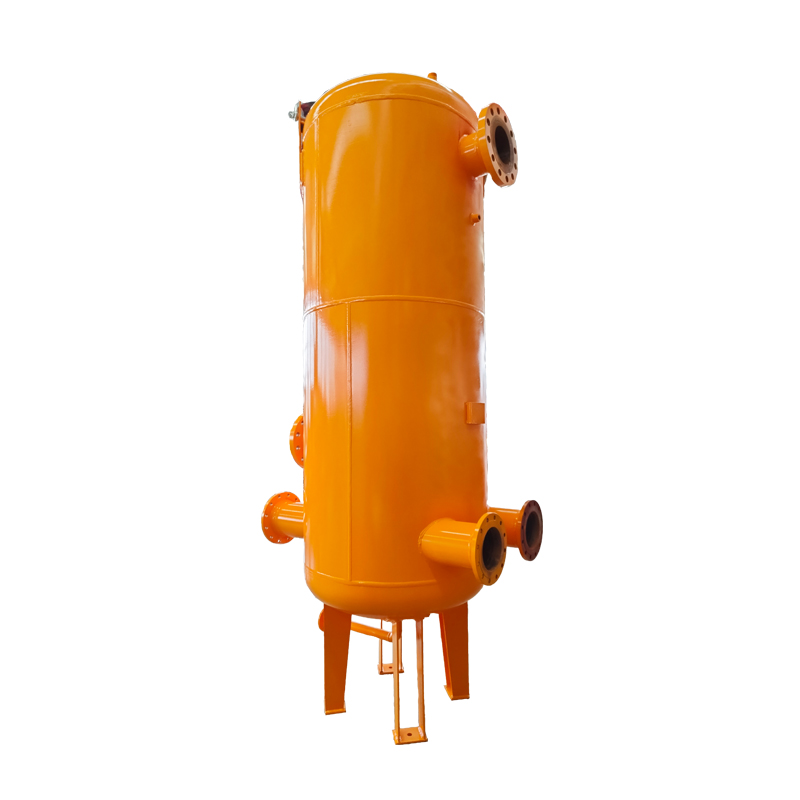
Oct . 21, 2024 11:34
Back to list
Pressure Regulation Valve for Efficient System Control and Safety Management
Understanding Pressure Reduction Valves
In various industrial applications, maintaining the correct pressure is essential for ensuring safety and efficiency. One important component that aids in this management is the pressure reduction valve (PRV). This device plays a critical role in controlling the pressure of fluids in a system, thus protecting both the infrastructure and the equipment from pressure-related issues.
What is a Pressure Reduction Valve?
A pressure reduction valve is designed to automatically reduce the high inlet pressure to a lower, controlled outlet pressure. It serves as a vital component in a wide array of applications, ranging from water supply systems to gas distribution networks and hydraulic systems. The primary function of a PRV is to maintain a pre-set outlet pressure regardless of changes in the inlet pressure or flow rates.
How Does It Work?
The operation of a pressure reduction valve is relatively straightforward. At its core, the valve consists of a spring-loaded mechanism that reacts to changes in pressure. When fluid enters the valve at a high pressure, it pushes against a diaphragm. This diaphragmatic action moves against the force exerted by the spring, allowing the valve to open and regulate the flow. As the outlet pressure reaches the desired level, the valve automatically adjusts, closing partially or fully to prevent further flow until the pressure drops below the set point.
.
Benefits of Using Pressure Reduction Valves
صمام تخفيض الضغط

1. Safety One of the primary benefits of installation of PRVs is enhanced safety. High pressure can lead to catastrophic failures, leaks, or explosions, particularly in gas and hydraulic systems. By controlling the pressure, a PRV helps to mitigate these risks.
2. Energy Efficiency By regulating the pressure within systems, PRVs can lead to significant energy savings. In many cases, excessive pressure forces pumps and compressors to work harder than necessary, resulting in increased energy consumption. A PRV helps optimize performance and reduce energy costs.
3. Protection of Equipment Many machines and instruments are designed to operate within specific pressure ranges. Excess pressure can lead to premature wear and tear or even complete failure. By ensuring that the system operates within its designated pressure limits, PRVs protect equipment and prolong its lifespan.
4. Improved Performance In applications where consistent pressure is crucial for performance, such as in irrigation systems or boiler operations, PRVs help maintain the efficiency and effectiveness of these processes.
Applications of PRVs
Pressure reduction valves find widespread use across various industries. In water supply and distribution, they help control pressure to prevent pipe bursts and ensure consistent service quality. In HVAC systems, PRVs help manage pressures in refrigerant lines, ensuring efficiency and safety. Similarly, in chemical processing, they regulate pressures in reactors and pipelines to optimize reactions and ensure safe operations.
Conclusion
In summary, pressure reduction valves are indispensable components in many fluid systems, providing safety, efficiency, and performance enhancements. The ability to maintain a steady, controlled pressure is critical in preventing accidents and ensuring the proper functioning of equipment. Understanding and utilizing PRVs can lead to safer, more reliable, and cost-effective industrial operations. As industries continue to evolve, the importance of such devices will only grow, making them essential in modern engineering and system management.
Latest news
-
Safety Valve Spring-Loaded Design Overpressure ProtectionNewsJul.25,2025
-
Precision Voltage Regulator AC5 Accuracy Grade PerformanceNewsJul.25,2025
-
Natural Gas Pressure Regulating Skid Industrial Pipeline ApplicationsNewsJul.25,2025
-
Natural Gas Filter Stainless Steel Mesh Element DesignNewsJul.25,2025
-
Gas Pressure Regulator Valve Direct-Acting Spring-Loaded DesignNewsJul.25,2025
-
Decompression Equipment Multi-Stage Heat Exchange System DesignNewsJul.25,2025

